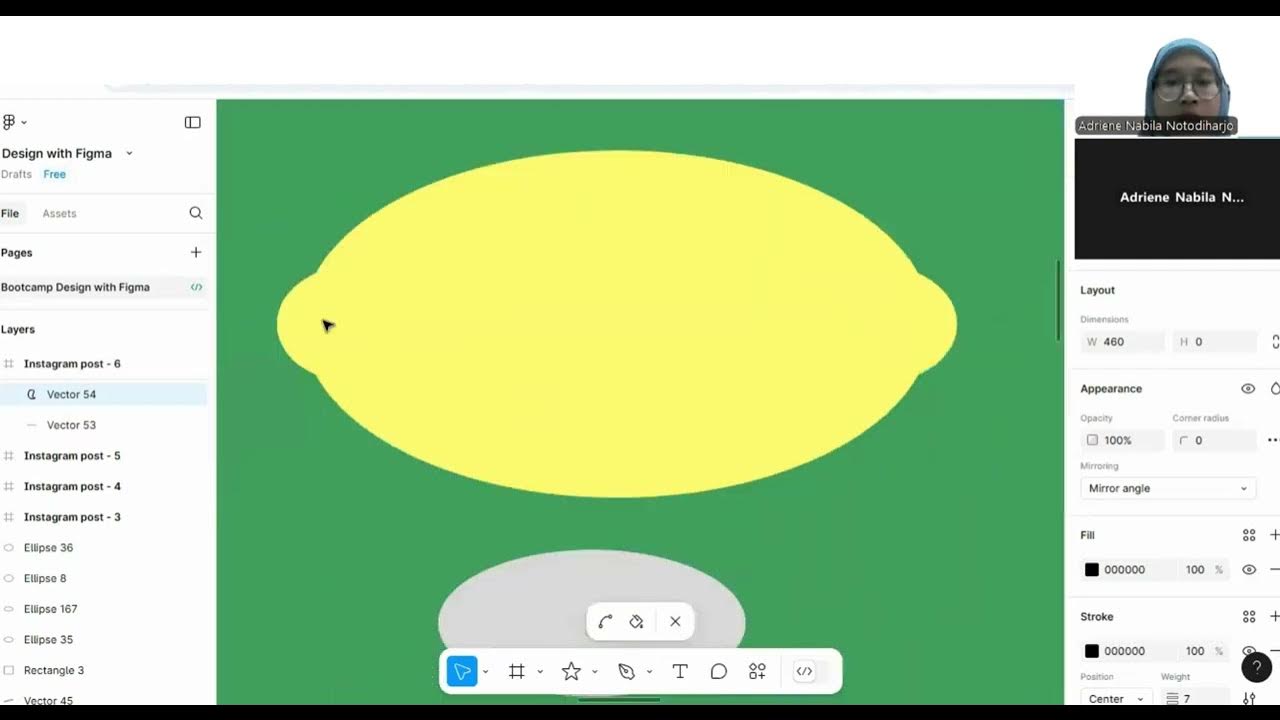Using a Micropipet
Summary
TLDRThis video tutorial instructs on using an adjustable micropipette, a vital tool in molecular biology labs for precise liquid measurements. It covers the pipette's parts, volume ranges, and tips for different applications. The process includes setting the volume, attaching a tip, drawing up liquid to the first stop, and dispensing it completely at the second stop. Specialized tips like aerosol barriers and gel-loading tips are also mentioned.
Takeaways
- 🧪 **Micropipette Usage**: Micropipettes are essential tools in molecular biology labs for measuring and transferring small liquid volumes.
- 🔧 **Parts of a Micropipette**: Key components include the plunger button, tip ejector button, volume adjustment knob, digital display window, shaft, and ejector arm.
- 🌡️ **Volume Range**: Micropipettes have specific volume ranges indicated on the plunger button, with common ranges being 0.5-10 μl, 2-20 μl, 20-200 μl, and 100-1000 μl.
- 💧 **Tip Selection**: Choose the correct tip size and type for the sample volume and pipette range; standard tips come in three sizes and specialized tips are available for specific purposes.
- ⚙️ **Setting the Volume**: Adjust the volume by turning the knob until the desired volume is displayed in the digital window.
- 🔴 **Reading the Display**: Volume is read from top to bottom, with the bottom digit indicating tenths of a microliter for certain pipettes.
- 📌 **Applying the Tip**: Gently but firmly attach the disposable tip to ensure an airtight seal.
- 👆 **Plunger Operation**: Press the plunger button to the first (soft) stop for calibrated measurement, and to the second (hard) stop for complete liquid dispensing.
- 💉 **Sampling Procedure**: Press the plunger to the first stop, insert the tip into the sample tube near the bottom, and release the plunger to withdraw the sample.
- 🗑️ **Transferring the Sample**: Place the tip into a new microtube and depress the plunger button, pausing at the first stop, then continue to the second stop to expel the sample.
- 🔄 **Post-Transfer**: While holding the plunger button down, remove the tip from the microtube and release the button once outside.
Q & A
What is a micropipette used for in a molecular biology laboratory?
-A micropipette is used to measure and transfer small volumes of liquid in a molecular biology laboratory.
What are the main parts of an adjustable micropipette?
-The main parts of an adjustable micropipette include the plunger button, tip ejector button, volume adjustment knob, digital display window, shaft, and ejector arm.
What does the plunger button on a micropipette do?
-The plunger button is used to fill and dispense samples.
What is the purpose of the tip ejector button on a micropipette?
-The tip ejector button is used to remove used tips from the micropipette.
How is the volume of liquid to be transferred set on a micropipette?
-The volume is set by turning the volume adjustment knob until the desired volume appears in the digital display window.
Where can the volume range for a micropipette be found?
-The volume range for a micropipette can be found on the top of the plunger button.
What are the most commonly used ranges for micropipettes?
-The most commonly used ranges for micropipettes are 0.5 to 10 microlitres, 2 to 20 microlitres, 20 to 200 microlitres, and 100 to 1000 microlitres.
What are the three standard sizes of pipette tips used for general pipetting?
-The three standard sizes of pipette tips for general pipetting are 0.5 to 10 microlitres, 2 to 20 microlitres, and 20 to 200 microlitres.
What is the function of an aerosol barrier tip?
-An aerosol barrier tip has a sterile filter to prevent contamination when transferring samples.
How should you hold the micropipette when obtaining a sample?
-You should hold the micropipette with your thumb on the plunger button and wrap your fingers around it.
What does the first or soft stop on the plunger button represent?
-The first or soft stop on the plunger button represents the calibrated measurement of the volume set on the micropipette.
How do you complete the transfer of a sample using a micropipette?
-To complete the transfer of a sample, place the micropipette tip into a fresh microtube, slowly depress the plunger button, pause at the first stop, then continue depressing until the second stop.
Outlines

هذا القسم متوفر فقط للمشتركين. يرجى الترقية للوصول إلى هذه الميزة.
قم بالترقية الآنMindmap

هذا القسم متوفر فقط للمشتركين. يرجى الترقية للوصول إلى هذه الميزة.
قم بالترقية الآنKeywords

هذا القسم متوفر فقط للمشتركين. يرجى الترقية للوصول إلى هذه الميزة.
قم بالترقية الآنHighlights

هذا القسم متوفر فقط للمشتركين. يرجى الترقية للوصول إلى هذه الميزة.
قم بالترقية الآنTranscripts

هذا القسم متوفر فقط للمشتركين. يرجى الترقية للوصول إلى هذه الميزة.
قم بالترقية الآنتصفح المزيد من مقاطع الفيديو ذات الصلة
5.0 / 5 (0 votes)






